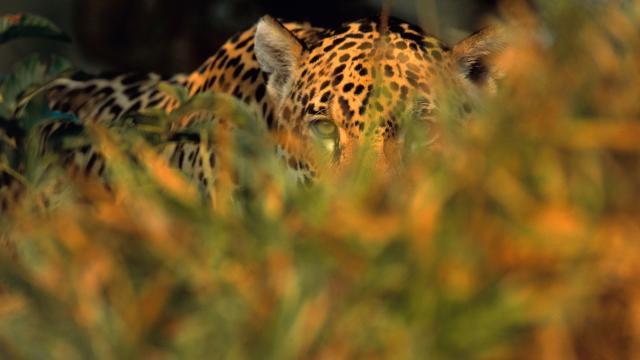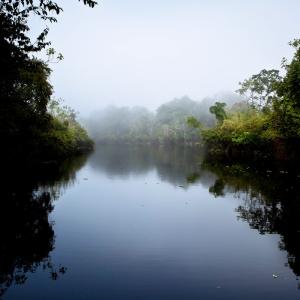WWF welcomes the launch of the historic Jaguar 2030 New York Declaration, following a Jaguar Forum, organised as part of World Wildlife Day 2018. This commitment is an important step in championing jaguar conservation and sharing knowledge and experience. The move by the United Nations Development Programme, a coalition of NGOs, including WWF, and range state governments is essential in recognising the importance of protecting jaguars in achieving the UN’s Sustainable Development Goals.
Through the declaration, governments committed to work together on a regional approach to jaguar conservation. This includes promoting research on jaguars and their habitats. Countries also committed to increase awareness for jaguars and scale-up integrated conservation projects that tackle habitat loss and poaching.
The jaguar is the largest cat in the Americas. Its current range spans 18 countries, from the north of Argentina to the southwest United States. Their coat colour and size can vary considerably between regions, with melanistic jaguars, those with a darkened coat pigment, known as black panthers.
Jaguars live in a wide variety of habitats from rainforests and dry deciduous forest, to grasslands and mangrove swamps. They are known for their swimming skills, often living near rivers, lakes and wetlands.
However, the jaguar’s range is decreasing; nearly 50% of its former range has been lost. Deforestation has fragmented its habitat and left many jaguar populations isolated. Recent increases in illegal trafficking of jaguar body parts and hunting of jaguars due to livestock predation fears has greatly affected jaguar populations. This is despite the jaguar being fully protected by law across most of its range. Due to their elusive nature, the exact number of jaguars in the wild is unknown, but is estimated to be 173,000, with numbers rapidly declining.
Learn more about our conservation work in the Amazon, a jaguar stronghold and the best hope for jaguar long term survival.

 The Amazon Rainforest
The Amazon Rainforest